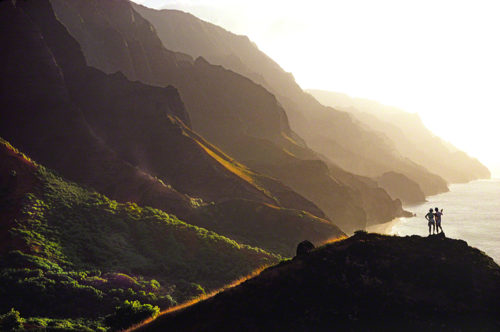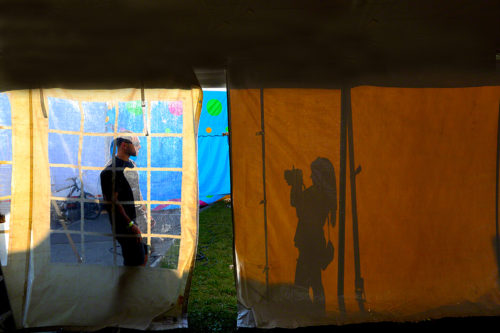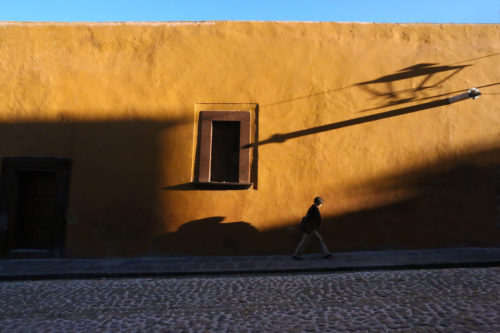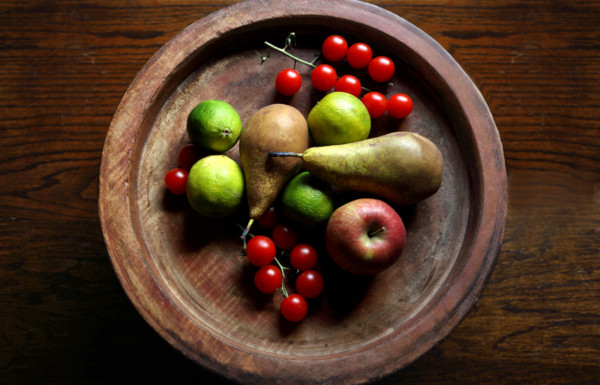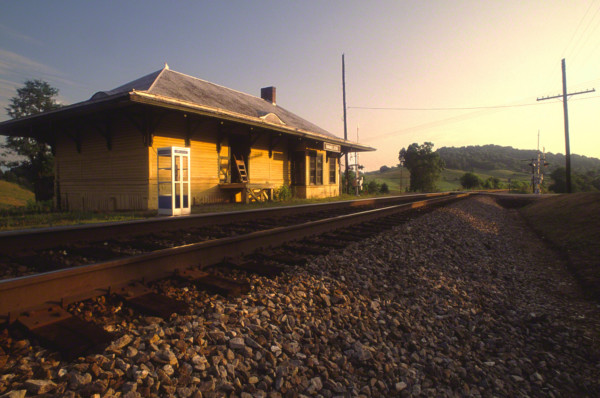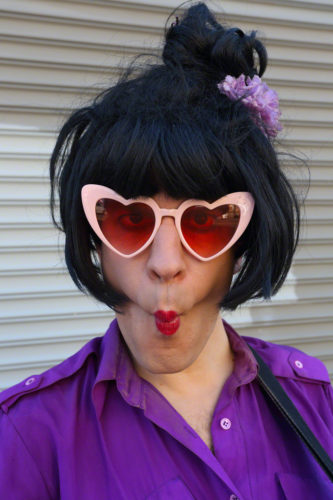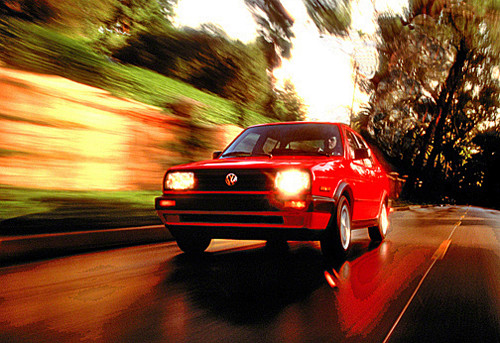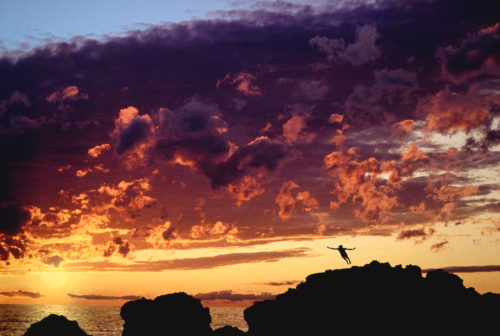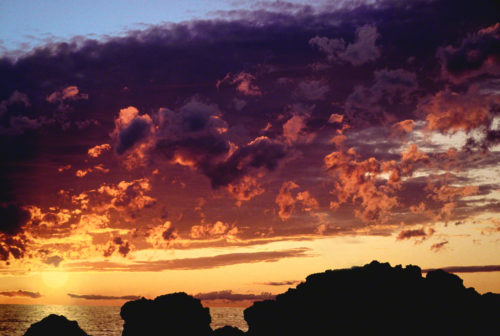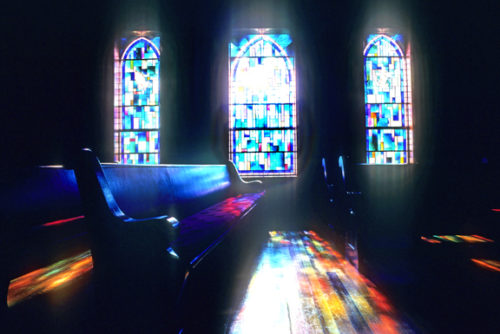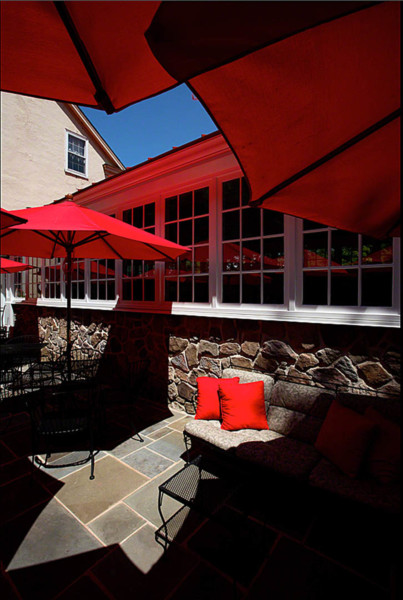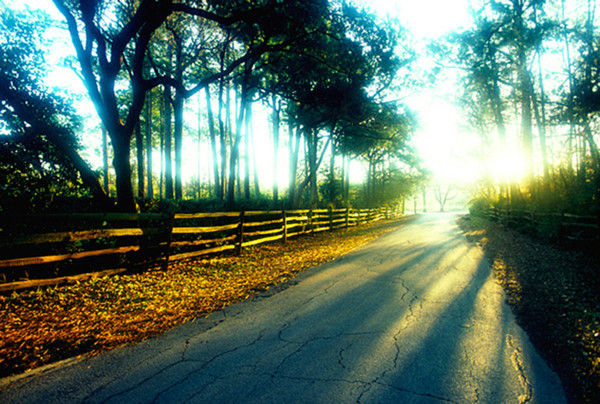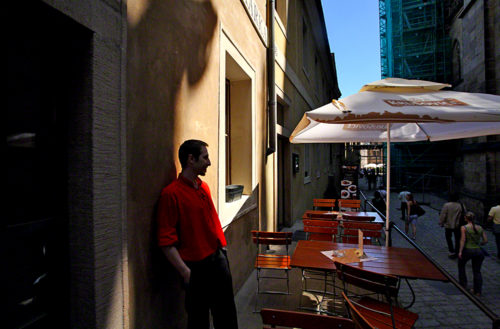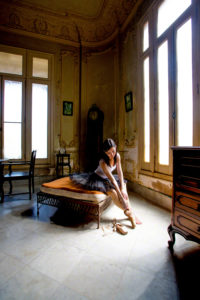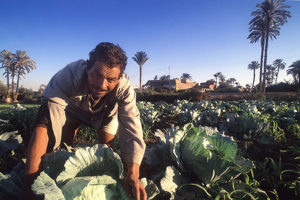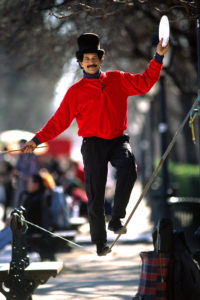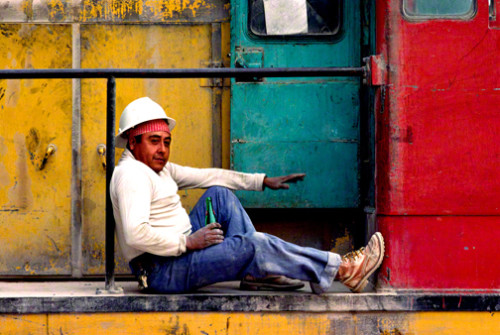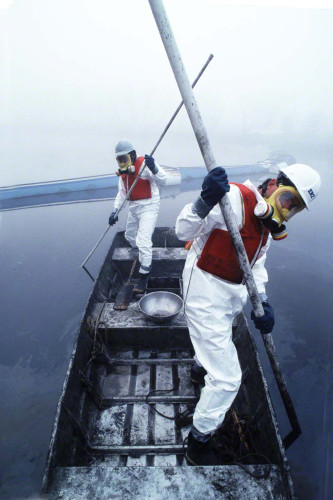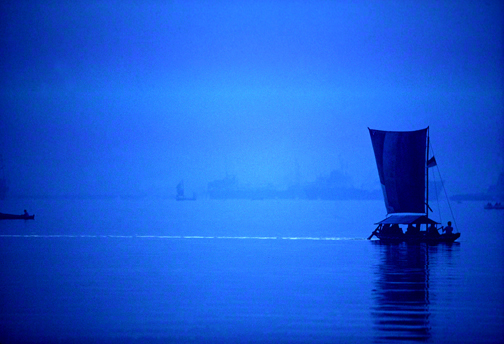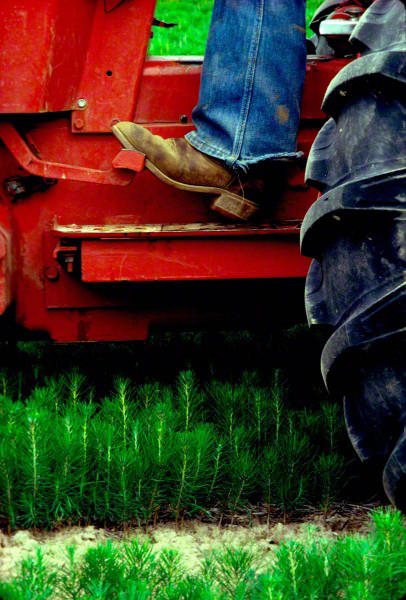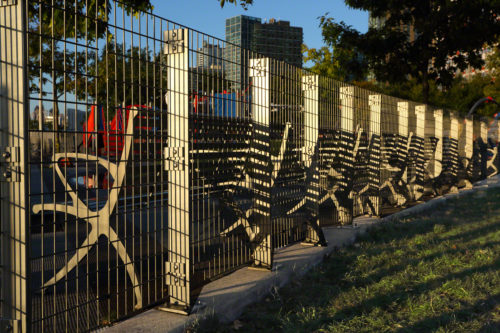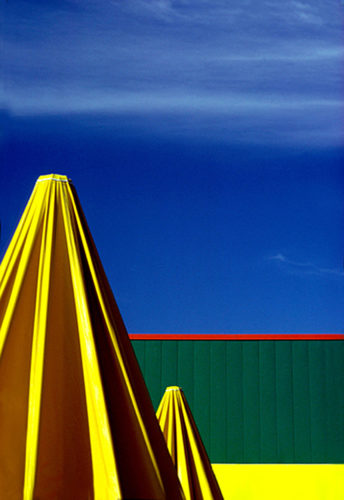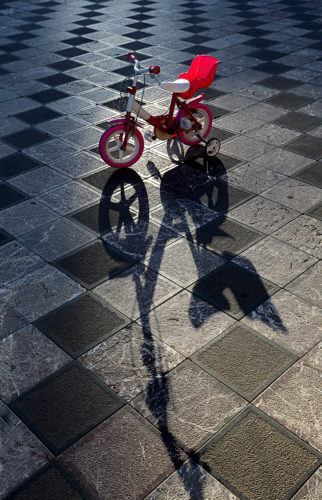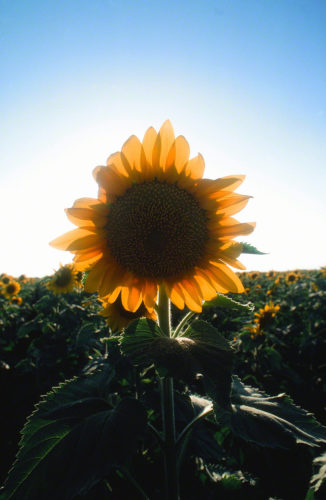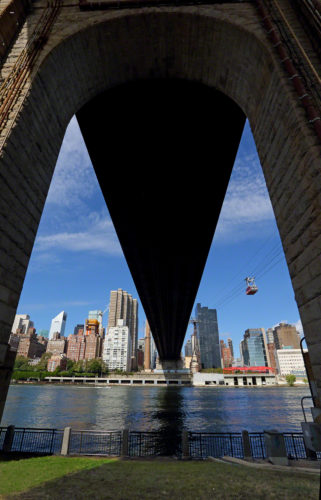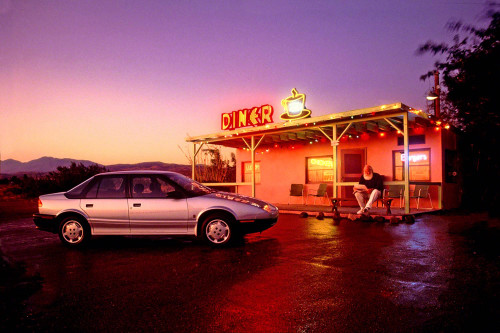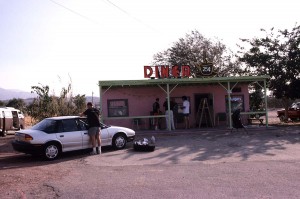
Here’s a really quick tip that will help you take your photos what I refer to as “up a notch”. It may be written as a quick tip, but I assure you that it’s anything but quick. I say that because it’s one of the biggest problems my online students with the BPSOP and in my “Stretching Your Frame of Mind” workshops I conduct around the planet have. My fellow photographers will invariably concentrate on the subject or center of interest and forget about everything and anything else…especially the horizon line.
Line is the most important of all the elements of Visual Design. Without line, none of the other elements I teach would exist. In fact, without line, planes, trains, automobiles, and even people wouldn’t exist as well. Why? Because we all have an outLINE. That said, the most important line is the horizon line, and when I see a horizon line that’s not straight it’s a sure sign that a novice took the picture. Don’t get me wrong, It’s not a judgment, merely an observation. In my opinion, the only time the horizon line wouldn’t appear straight is if you were in the Space Shuttle.
You would think that it’s an easy fix, and you would be partially right. If you’re on a tripod, like I am early in the morning or very late in the afternoon, you simply straighten the horizon right away and then forget about it. It will continue to be straight right up to and including the part when you actually take the photo. Of course, if you want to be a tad on the lazy side, you can always fix it later in front of a computer monitor. It won’t make you a better photographer, but it will keep your Lightroom and Photoshop skills honed as far as post-processing goes…if that’s your cup of tea!!!
However, most people don’t like being in complete control so they persist in hand holding their camera. The inherent problem is in the fact that you have to look at the horizon line while you’re composing, and then again right before you take the photo. That’s going to make it hard to concentrate on a host of things like capturing the moment, human and non-human gesture, body language, the peak of any action, etc., etc.
I’ve been shooting for fifty-three years and I can count the times on one hand that I forgot to look at the horizon line….and would have enough fingers left over to hold a martini glass.
The next time you go out shooting, look at the horizon line and remember these words. It will take your photos “up a notch”.
🙂
Visit my new website at www.joebaraban.com and check out my workshop schedule at the top of this blog. Come shoot with me sometime.
JoeB
